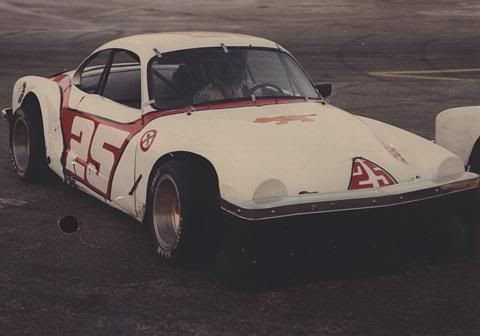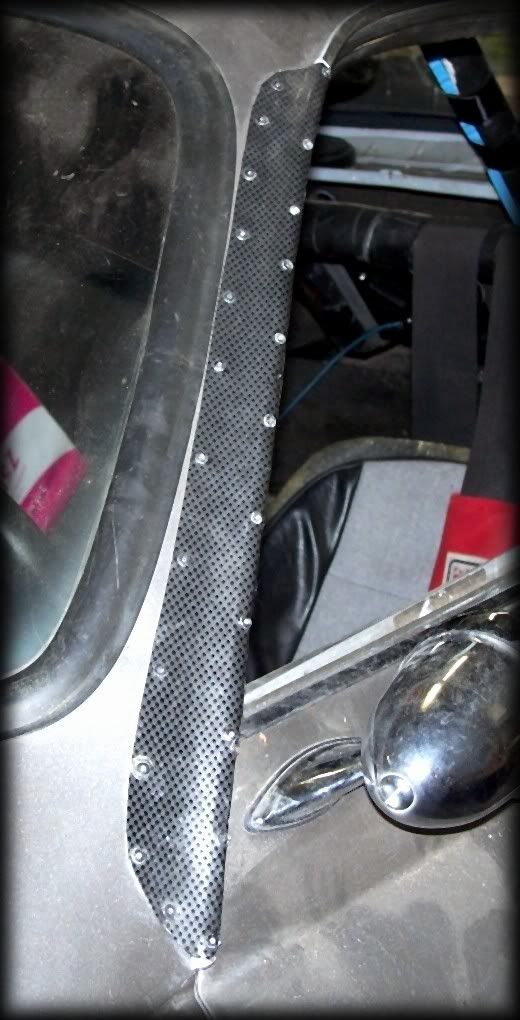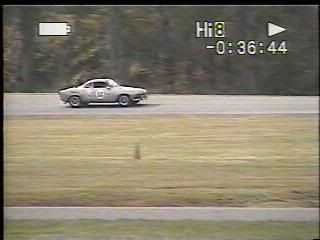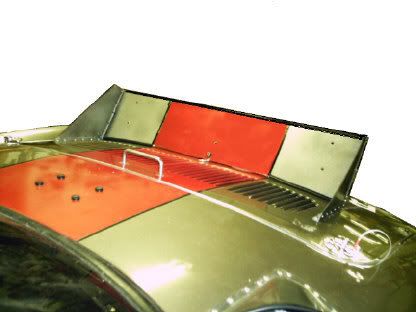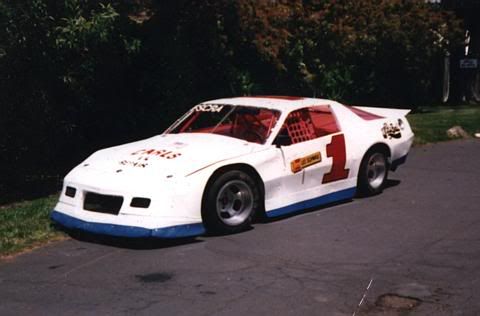
The Karmann Ghia coupe and the 356 Porsche coupe, windows up, are usually listed as both having a drag coefficient of about .37.
The higher the number, the more drag you have, and the slower you go.
A .37 is not bad for a body from the 1950's. A VW Bug weighs in at .48. Modern Porsche 911 variants are down to .30-.32. You can slick up a Ghia with fairly little effort, using a front airdam and a Porsche RSR-type "ducktail."
At RetroRacing, aerodynamics became an issue when we needed 135-140mph top end to run the bigger tracks. What you need at high speed is stability.
An airdam to keep air from under the car is a great start on that, and the RSR ducktail cuts lift without adding downforce ... downforce being another type of drag.
Here's a photo of our sheet-metal ducktail.
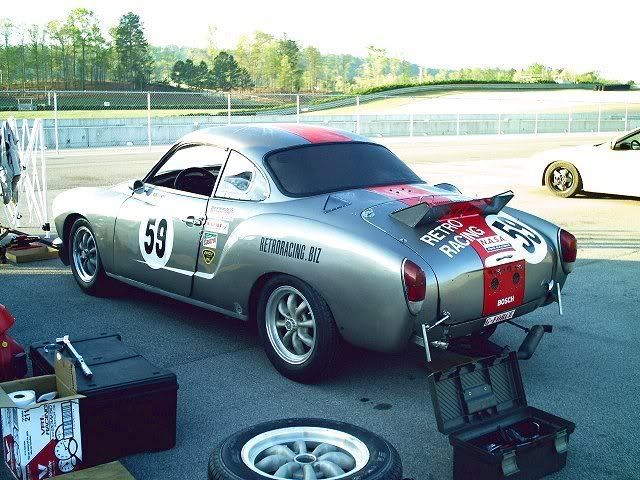
And our airdam. for the track, it has to almost scrape the pavement. The brake cooling ducts have to be real, not typical street "styling" vents.

We made our airdam out of heavy sheet metal and bolted it to the back edge of our bumper with simple small "L" brackets. Here's the pattern.

More can be done, of course, but these basics really helped stabilize the car above 120mph. And now that we have the horses, and as soon as the 3.88 gets here, at Sebring we reasonably expect a stable 135 MPH and are hoping for 140.

